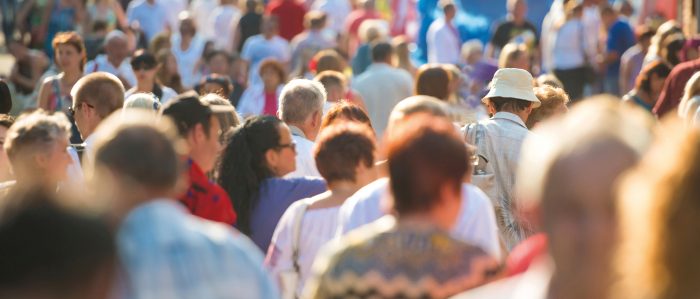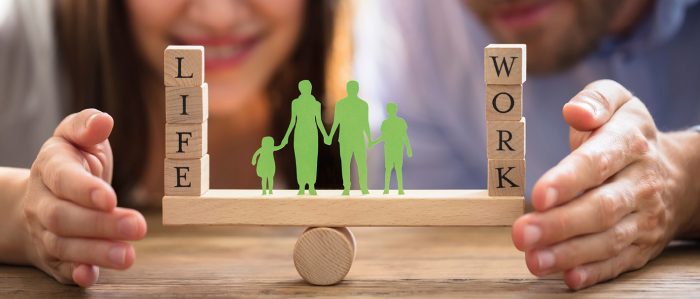Studying trade flows between China and Germany in February 2020 gives a clear picture of what happens when a major shock affects a single trading partner.
Participation in vocational further training is unequally distributed among different groups. Migrants daughters often participate in further training. Men, who immigrated themselves, seldom take part in further training,
The extent to which jobs in the German federal state could be replaced by digitisation largely depends on sectoral and occupational structure in the region.
The German Bundestag and Bundesrat passed a Coronavirus Tax Relief Act on 29 June 2020 that involves the first key elements of a large scale economic recovery programme, designed to get the German economy out of the crisis “with a ka-boom“. Some thoughts on the stimulus package by IAB Director Bernd Fitzenberger.
IAB researcher Regina Konle-Seidl presents in this interview her research results on short-time work in Europe in the Corona crisis.
Interview with ILO telework expert Jon Messenger
The authors show four scenarios how population changes can effect the labour force potential in Germany and what parameters need to be adjusted accordingly.
In Germany, more and more companies are offering measures to improve the reconciliation of family and work. This carries benefits for companies and employees alike, because family-friendly measures help women to return to their previous employer faster and more frequently.
For every euro a man earned per hour in Germany in 2018, a woman earned on average only 0.79 euros. This amounts to a gender wage gap of 21 percent, which is even greater among high-skilled individuals. In order to develop policies to reduce the gender wage gap, one should understand the sources behind this read full article
<< Newer Posts:::Older Posts >>









